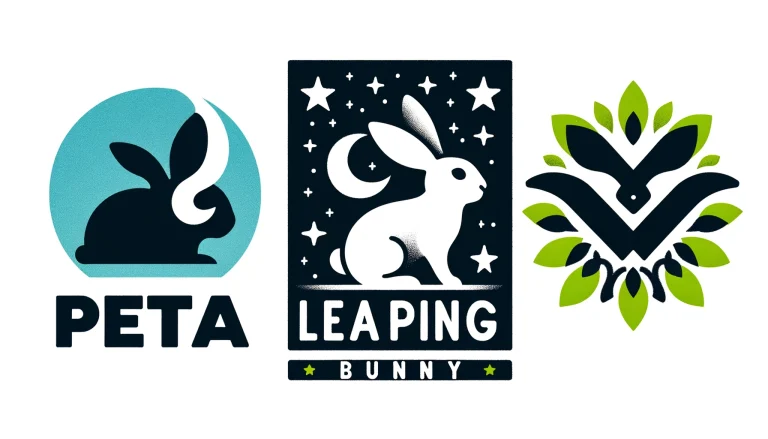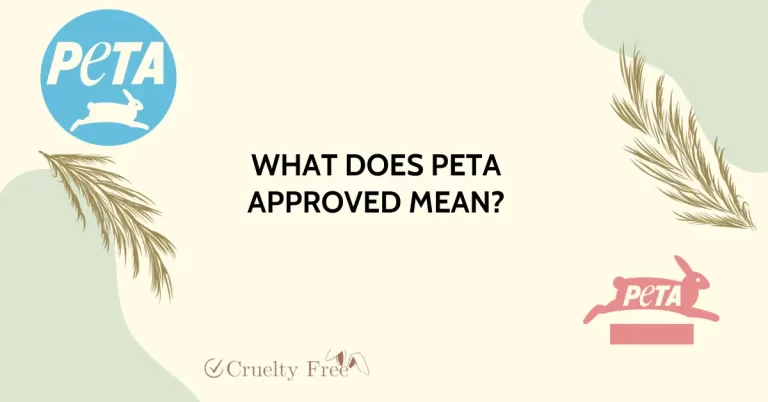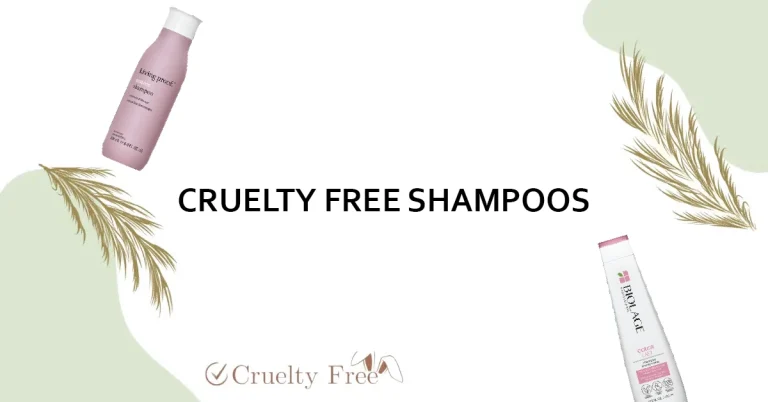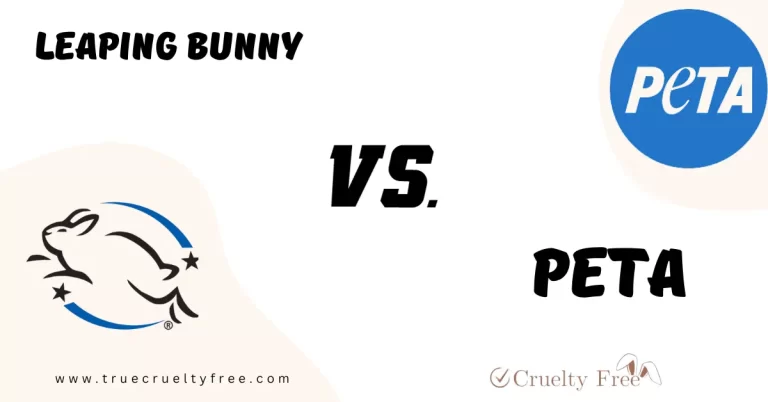Beauty & Ethics Unite: The Must-Read Guide to Cruelty-Free VS Vegan Products in 2024
Imagine a beauty world where every product you use is a vote for sustainability, compassion, and ethical responsibility. This isn’t just a dream; it’s a choice available right at your fingertips through cruelty-free and vegan cosmetics. In this guide, we’ll explore how these choices not only beautify you on the outside but also enrich your inner values and ethics.
Understanding Cruelty-Free and Vegan Cosmetics
In today’s ethical marketplace, it’s essential for consumers to be aware of the products they’re buying, particularly in the beauty and personal care industry. Two common terms associated with ethics are “Cruelty-Free” and “Vegan.” However, it’s important to note that these terms are not synonymous and have different definitions. So what’s the difference the between cruelty-free vs Vegan cosmetics.
Cruelty-Free Explained: At its core, cruelty-free cosmetics are products developed without animal testing. Brands like The Body Shop and Lush have led by example, proving that beauty can thrive without compromising on ethics. It’s about choosing kindness over convenience, ensuring that our beauty rituals do no harm.
Vegan Cosmetics: Vegan cosmetics go a step further by eliminating all animal-derived ingredients, such as beeswax (common in lip balms) and carmine (a dye derived from crushed beetles). Brands like Pacifica and E.L.F. Cosmetics offer extensive ranges of vegan beauty products, showcasing the potential for plant-based innovation.

Understanding The Labels
Cruelty-Free But Not Vegan
Products labeled “Cruelty-Free” are animal-friendly because they aren’t tested on animals. However, these products may still include ingredients derived from animals. For instance, a cruelty-free shampoo could contain keratin, a protein obtained from animals. This difference is crucial for consumers who want to stay away from all forms of animal exploitation in their purchases.
Vegan But Not Cruelty-Free
While “Vegan” products avoid animal ingredients, adhering to a philosophy that opposes animal exploitation and harm, they may still be tested on animals. This means that even though a vegan lipstick may not contain beeswax or carmine, it may have been tested on animals to adhere to regulations in specific markets. Therefore, vegan products tested on animals cannot be fully classified as Cruelty-Free.
Both Cruelty-Free and Vegan
Cruelty-Free and Vegan products are the ultimate choice for ethical shoppers. They guarantee that no animals suffered or were exploited during the creation or testing of the product. By choosing these products, consumers support businesses that share their values of protecting animals and the environment.
Neither Cruelty-Free nor Vegan
Certain products in the market lack both Cruelty-Free and Vegan certifications. This indicates that such products include animal-based ingredients and have undergone animal testing. For individuals prioritizing animal well-being and minimizing their environmental footprint, this category is considered the least ethical option.
The Ethical Implications of Beauty Choices
Choosing cruelty-free and vegan products isn’t just about personal ethics; it’s a stand against industries and practices that exploit animals. It reflects a commitment to broader environmental and ethical concerns, acknowledging the impact our consumption has on the world around us.
The Battle Between Synthetic and Natural
The debate between synthetic and natural ingredients is nuanced. For instance, synthetic ingredients like dimethicone (a type of silicone used in moisturizers) can be safe and less allergenic than some natural alternatives. However, ingredients like natural essential oils, while beneficial, can be potent allergens. Understanding these distinctions is crucial for making informed choices that align with both ethical standards and skin health.
Certifications and What They Mean for You
Certifications like the Leaping Bunny and PETA-approved seal offer reassurance that products meet strict cruelty-free standards. The Vegan Society trademark helps consumers identify products free from animal-derived ingredients. These certifications are not just logos; they’re promises of ethical commitment and transparency.
The Consumer’s Role in a Compassionate Beauty Industry
When you buy products, your choices can shape the beauty industry. By choosing brands that prioritize cruelty-free and vegan products, you motivate more businesses to adopt ethical practices. This trend drives the industry towards one that is compassionate and respectful of all creatures.
Also Recommended: What are the benefits of Cruelty-Free Cosmetics
Your Guide to Making Ethical Beauty Choices
To guide your transition to ethical beauty, consider these steps
- Identify Ethical Brands: Search for companies that are openly committed to cruelty-free and vegan principles.
- Read Labels Carefully: Become familiar with the names of common animal-derived ingredients and certifications that align with cruelty-free and vegan standards.
- Look for Certifications: Certifications such as Leaping Bunny, PETA-approved, and Vegan Society logos are good indicators of a brand’s commitment to ethical practices.
- Support Sustainable Practices: Opt for brands that prioritize sustainability alongside their cruelty-free and vegan commitments.
- Educate Yourself and Others: The journey to ethical beauty is also about sharing knowledge and raising awareness within your community.
- Be Patient with Your Transition: Moving towards a fully ethical beauty routine is a gradual process. Celebrate each step you take towards a more compassionate world.
Conclusion: The Beauty of Change
Embracing cruelty-free vs vegan cosmetics is an empowering journey towards a kinder, more sustainable beauty culture. This guide aims to enlighten and inspire, encouraging each of us to make choices that reflect our deepest values. Together, we can transform the beauty industry into a force for good.
- Is Neutrogena Cruelty-Free in 2024? A Comprehensive Analysis - March 26, 2024
- Is BareMinerals Cruelty-Free in 2024? Embracing Ethical Beauty - March 19, 2024
- Beauty & Ethics Unite: The Must-Read Guide to Cruelty-Free VS Vegan Products in 2024 - March 13, 2024




